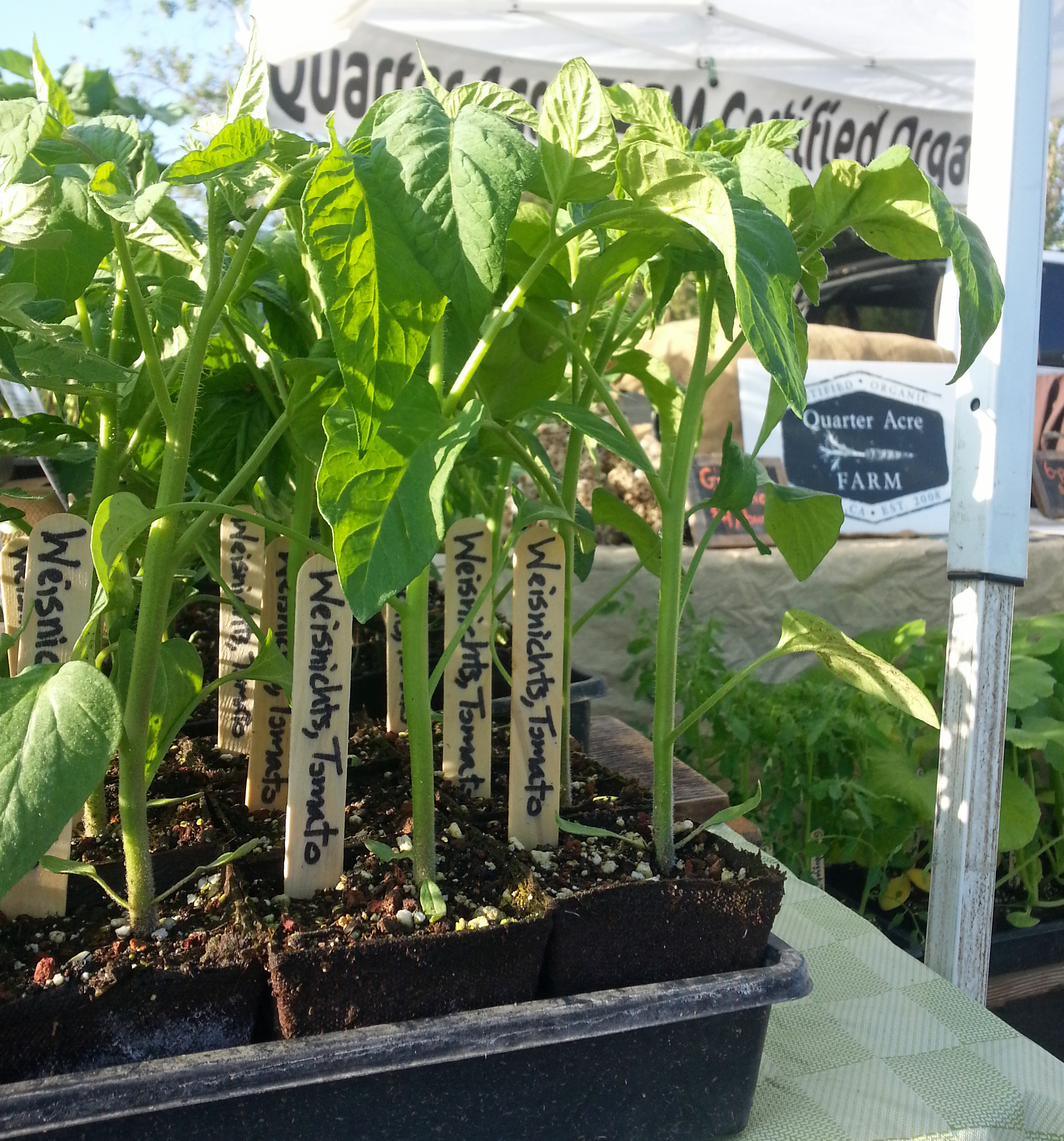April 22 is Earth Day, which celebrates the Earth’s natural environs and helps us humans reflect on ways that we impact the environment.
Sonoma Valley is no stranger to the ecology movement and we tend to pride ourselves on being locavores (eating food grown within 100 miles from where it’s consumed), eating organic, and being at-home gardeners. The same can even be said for what we drink – we have no shortage of locally grown and produced wine, beer, cider and other beverages. We’re lucky here in California.
Growing up in the Midwest, which is practically frozen for most of the winter, I am still in awe of the bounty of fresh food available year round here. Sonoma Valley is world renowned for food and agricultural tourism, which is the primary reason many of us live here. With the drought in full effect, we need to examine our own action and do our part to not take our agricultural blessings for granted. While agriculture makes up for the majority of water use in our state (I’m looking at you, wineries), every little bit helps.

By now, we know that we shouldn’t water our lawns, that we should put off flushing the toilet as long as we can stand it, and that we aren’t going to be served water at restaurants unless we ask for it. But, what else can we do? I reached out to one of the greenest folks I know, Andrea Davis-Cetina, owner of Sonoma’s Quarter Acre Farm and host of KSVY 91.3’s Sustainable Growing with Quarter Acre Farm on Fridays (2-3pm).
“Turn your front and backyard into a feast for the eyes and the stomach,” suggests Davis-Cetina, by making your garden not only beautiful, but also functional, with edible plants that can survive drought conditions and still taste good. Leafy greens, like kale, mustard greens, and chard, make pretty and tasty choices. Veggie gardens don’t have to be restricted to backyards, or the ground, so try experimenting with planting in your front yard and in containers.
You can stop by Quarter Acre Farms’ booth at the Sonoma Farmers’ Market (Friday mornings, 9AM-12:30PM, Depot Park, Sonoma) and pick up tomatoes, tomatillos, summer squash, and other summer crops which are sprouted and ready to be planted in your garden.
Buying and planting the right amount of plants is key to having happy veggies and making the most of the irrigation systems we must use sparingly. Tomatoes are the most popular veggie grown in at-home gardens. “Cherry tomatoes need to be spaced about 18″ apart and large tomatoes need to be spaced about 24″ apart,” says Davis-Cetina. For those with limited space, she suggests planting herbs, like basil or dill, in containers, which you can keep in a well-lit part of your house or patio.
“It doesn’t get anymore local than your home garden,” says Davis-Cetina, who happily dishes out advice on planting at the market and on the radio – so just ask!
Want a little more wine and food with your green living? Check out the Earth Day celebration at Benziger Family Winery. Staff will share tips on making compost tea for your garden; the “Master of Succulents” from Petaluma’s Cottage Gardens will talk about drought-resistant plants; and the Benziger’s will be pouring lots of wine help you process all the green knowledge. The event is Saturday April 18. It’s $25 for the public, with all proceeds benefiting Jack London State Historic Park, and free for wine club members. RSVP is required (800-989-8890 or email [email protected]). Learn more here.
Growing your own veggies is one step towards a more sustainable and eco-friendly Sonoma Valley. Eating organically is healthy not only for you and your family, but for the animals and bugs who hang out in your yard. It epitomizes locavore: by eating veggies and fruit you’re saving gas because you don’t have to go to the market. For those of you who walk or ride your bikes to the market, you’re helping to cut back on carbon emissions, which are produced via the trucks and airplanes that deliver your food to the store. Every bit makes a difference.



Be First to Comment